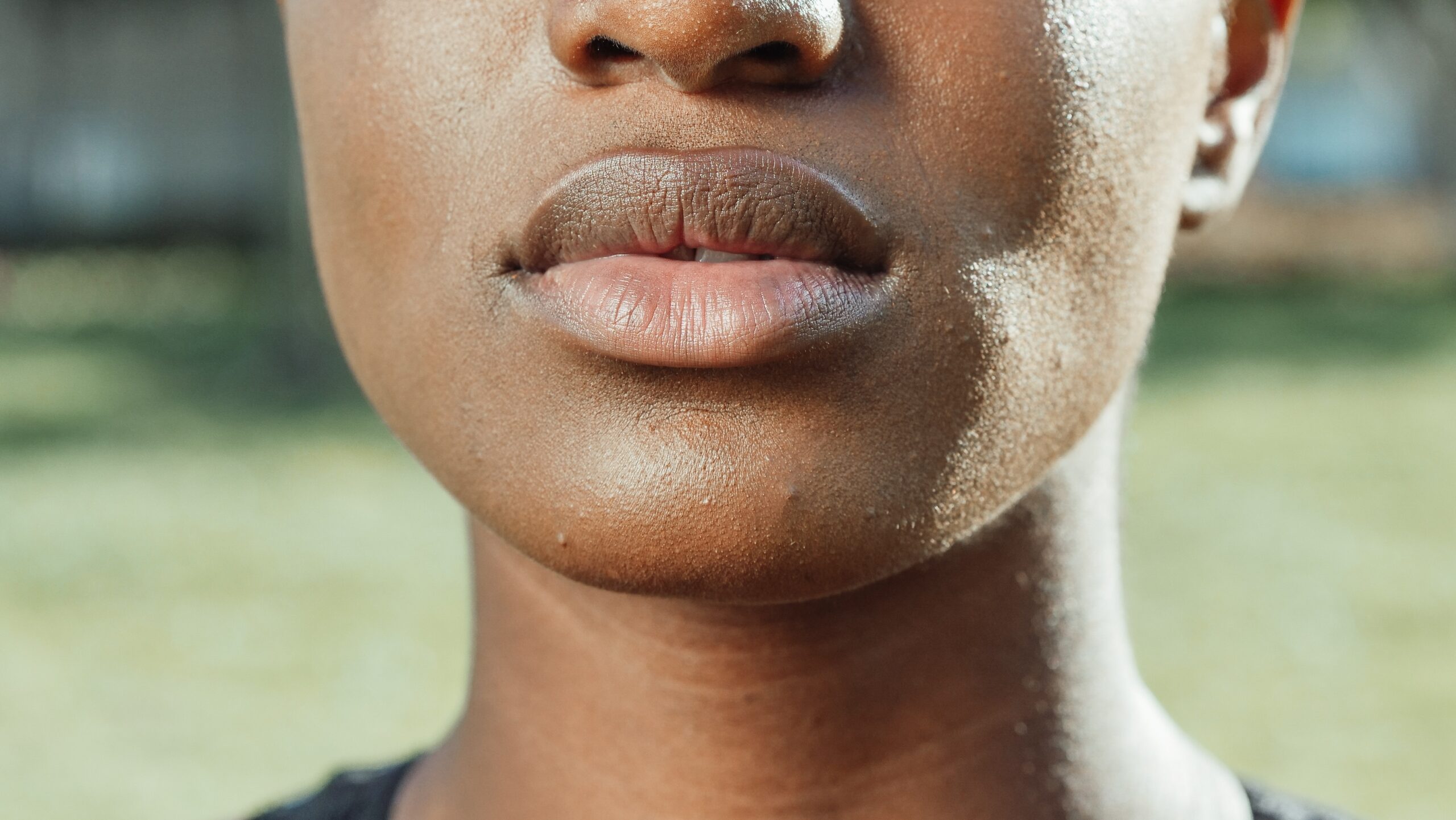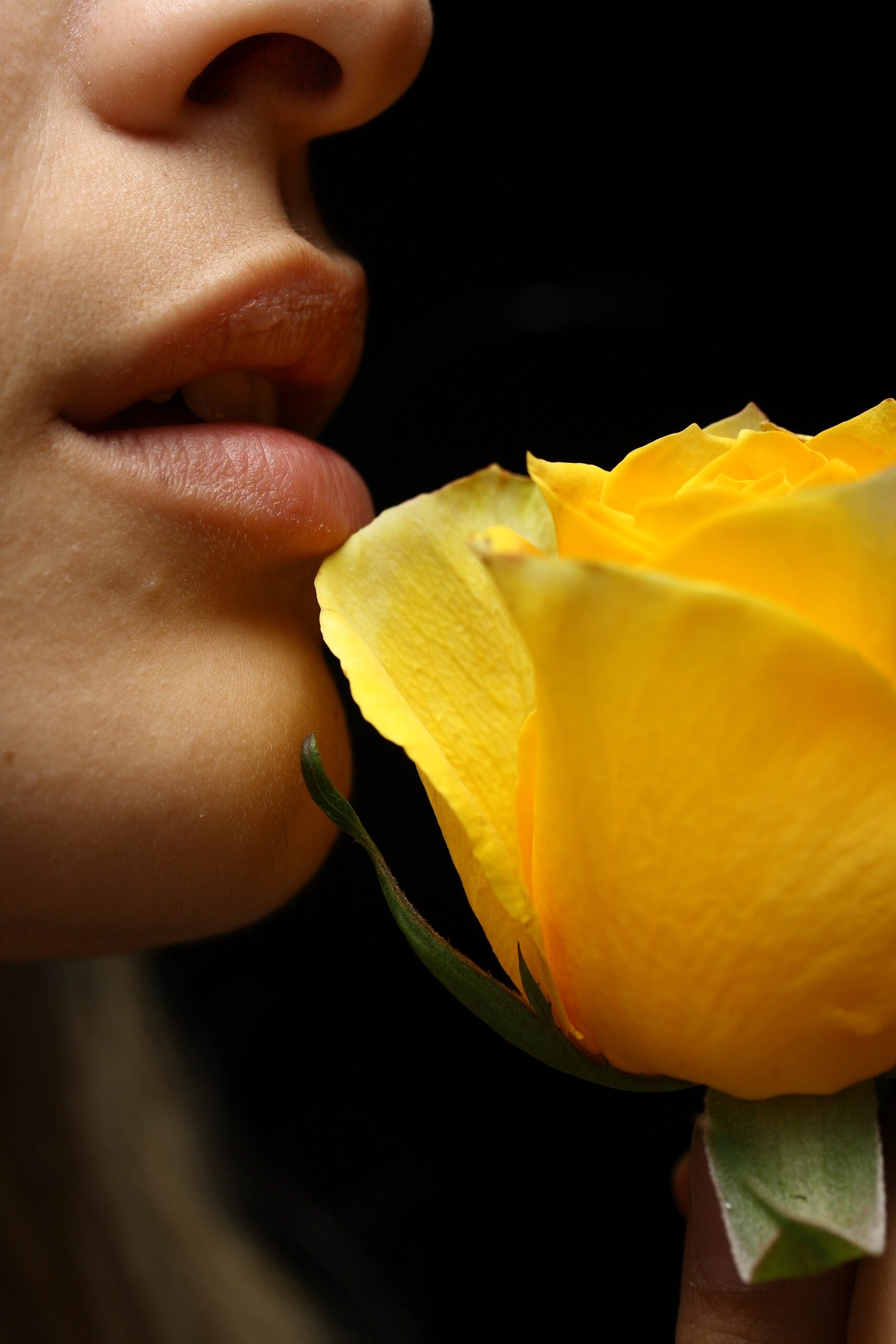Introduction
The lips are a fundamental component of the human face and are important for intimacy, physical attractiveness, phonation, sensation, mastication, and facial expression. The terms labium superius oris and labium inferius oris, respectively, refer to the upper and lower lips. Mucosal membranes, vermilion, and cutaneous surfaces can be seen on the upper and lower lips, respectively. The anatomy, neuro vasculature, and muscle of the lips are briefly reviewed in this article, along with significant surgical and clinical issues relating to lip disease.
Structure and Function
The terms labium superius oris and labium inferius oris, respectively, refer to the upper and lower lips. Mucosal membranes, vermilion, and cutaneous surfaces can be seen on the upper and lower lips, respectively. Although the vermilion zone is frequently the focus of lip analysis, the upper lip also includes the area between the nasolabial folds and the inferior edge of the nose, and the lower lip includes the area between the lateral commissures and the labiodental crease of the chin. The commissure, also known as the mouth angle, is where the top and lower lips meet. Several muscles involved in lip movement attach at this location.
The upper lip is characterized by a symmetrical pair of paramedian vertical philtrum ridges bordering the central depression known as the philtrum, directly below the nasal septum. A distinctive blend of dermal collagen and thick elastic tissue creates the philtral ridges and the philtrum. Age-related loss of flexibility makes the philtrum look less prominent. The philtrum is thought to act as a source of extra skin that may be recruited for oral movements that call for extending the top lip. The tubercle or procheilon is the term for the fleshy fullness that lies behind the inferior edge of the philtrum, which creates the downward arch of the cupid’s bow. The white roll, a 2 to 3 mm light convexity that surrounds the vermilion margins of the upper and lower lips, is created by the bulging of the orbicularis oris muscle that lies beneath. The frenulum labii superioris and inferioris, link the upper and lower lips to the gums, respectively.
The stratified, nonkeratinized, hairless squamous epithelium that makes up the vermilion of the lips is a modified mucous membrane. In contrast to the 16-layer face skin, this membrane is three to five cellular layers thick. The vermilion also lacks the normal skin protuberances found in the cutaneous lip, including salivary, sweat, and sebaceous glands. Depending on the ethnic group, the vermilion might be reddish-pink or brown in hue. The vermilion zone’s distinctive redness is a secondary result of the membrane’s low melanocyte density and high density of superficial vasculature. Consequently, the blood vessels stand out, especially in those with lighter skin. The red line of the top and lower lips delineates the boundary between the dry vermilion and the oral cavity’s mucous membrane. Submucosal salivary glands and the abrupt disappearance of skin lines are signs that the labial mucosa is becoming moist.
The lips enclose the oral cavity and are essential for phonation, intimacy, facial expression, mastication, and tactile feeling. By keeping food in the mouth and forming an airtight seal to stop liquids from dripping out of the mouth, the lips help with eating. To allow for suction on the nipple, the lips form a funnel-shaped structure that is essential for nursing. Lips have a crucial role in the production of bilabial (m, p, b) and labiodental (f, v) consonant sounds as well as vowel rounding/labialization. People who have trouble hearing may lip-read to understand conversation without being able to hear noises. Additionally, whistling and playing wind instruments both need the lips. The lips’ extensive range of motion enables significant motions that permit emotional expressions like smiling and frowning. Additionally, the lips are a well-known erogenous zone that is used during acts of kissing and are implicated in mediating sexual desire.
Layers of the lips
The lips’ form and function are influenced by several layers in their anatomy. Understanding how each layer contributes to the shape and defense of the lips will help us better comprehend the complexities of an ostensibly straightforward body feature.
The skin, which covers the whole outside of the lips, is its initial layer. Lips are more vulnerable to dryness, cracking, and other types of damage because their skin is thinner and more fragile than skin on the rest of the body. Lips are highly sensitive to touch, heat, and cold because the skin on them has a high concentration of nerve endings.
The subcutaneous tissue, which is composed of fat cells and blood arteries, is located beneath the skin. This layer protects the lips from impact and regulates their temperature by offering them insulation and cushioning. This layer is frequently addressed in cosmetic operations like lip fillers since it helps to make the lips full and plump.
The orbicularis oris muscle, which surrounds the mouth and makes the lips pucker and purse, is the third layer of the lips. This muscle is highly active during facial emotions like smiling or frowning and is necessary for actions like speaking, eating, and kissing.
The mucosa, which lines the interior of the lips and offers lubrication and moisture, is the fourth and last layer of the lips. Numerous microscopic glands in this layer release saliva and other liquids, keeping the lips moist and preventing them from drying up. The lips’ unique pink or red tint is a result of the mucosa’s abundant supply of blood vessels.
In general, the lips are made up of several layers that cooperate to give them their distinctive shape and function. Each layer, from the skin on the surface to the mucosa within, is crucial for safeguarding, sculpting, and hydrating the lips. We may better grasp the intricacy and significance of this sometimes-disregarded bodily organ by comprehending these levels.


